Anbernic RG34XX review: Comfortable nostalgia
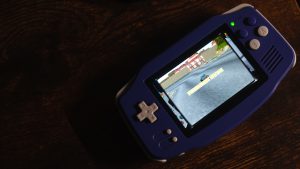
Anbernic is back with another handheld inspired by Nintendo’s history. The RG34XX continues the company’s trend of providing more than nostalgia through software, but its hardware too.
Last year, the China-based company launched its Game Boy Advance SP-inspired clamshell console. Dubbed the RG35XXSP, it took the guts of its original Game Boy-styled device (RG35XX) and transplanted them into a solid little device capable of playing up to Dreamcast and a select few PSP games.
Rather than looking ahead, Anbernic has instead gone back a tad and recreated an impressive clone of the original Game Boy Advance. This is a deeply personal handheld for me, being what I was glued to from 2002 to the original DS launch in 2005.
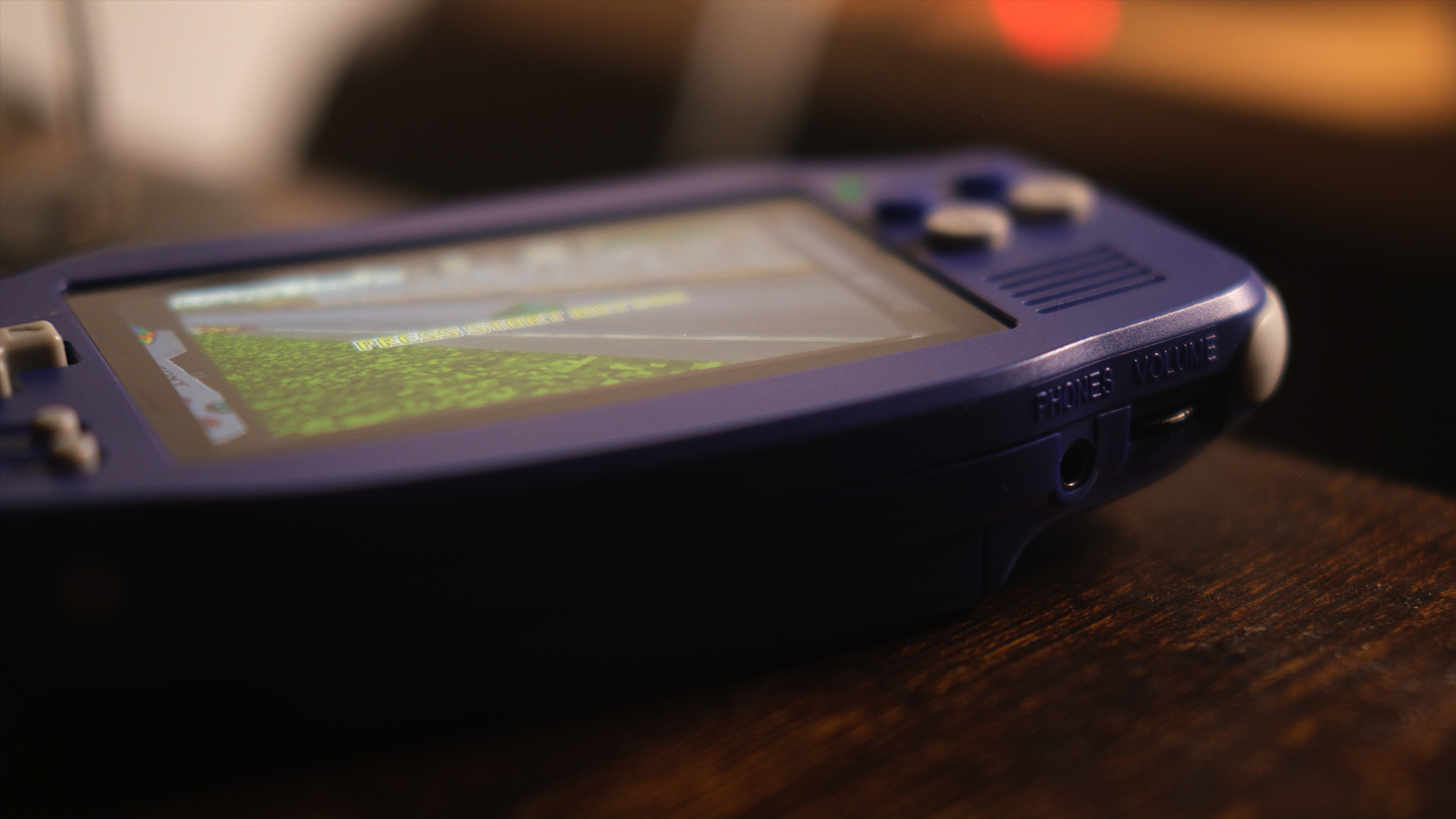
Unpacking it and getting to grips with it immediately flooded my brain with memories, but we can’t rely on rose-tinted glasses alone. The RG34XX might have a different name, but it’s effectively the exact same as the RG35XX and SP models, but infinitely more comfortable.
Nostalgia wrapped up in a comfortable shell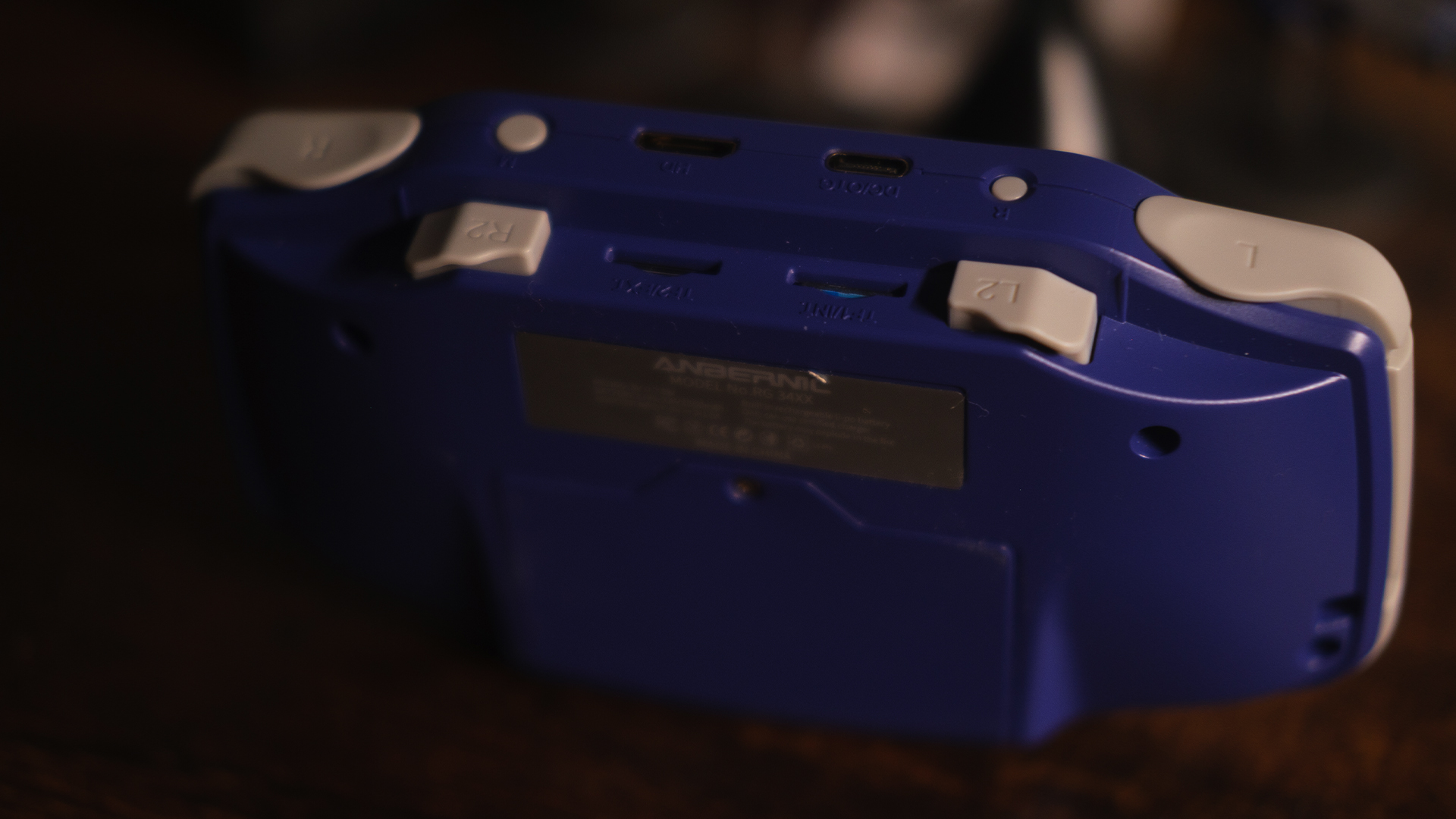
As a tiny seven-year-old in 2002, you don’t really appreciate ergonomics. As a tiny 30-year-old – with hands ravaged from decades of play and typing about said play – the RG34XX has quickly replaced the embarrassingly large collection of handhelds simply due to the comfort it provides.
The RG34XX’s hand-filling shape and ergonomic curves just feel right in the hands. While the RG35XXSP is quite large in comparison to some of the competition in the clamshell space, my hands constantly felt like they were “smushed” into positions.
It’s not explicitly uncomfortable. However, after a few hours of tinkering and fumbling through PlayStation 1 and Sega Saturn games on both, the RG34XX just never had that weird wrist cramp happen.
It helps that the device is wonderfully laid out. Rather than leave the space where the cartridge slot would be, Anbernic has positioned the second set of shoulder buttons for newer machines. The small step down between the main shoulder buttons and the additional ones just makes sense, and is super easy to adjust to.
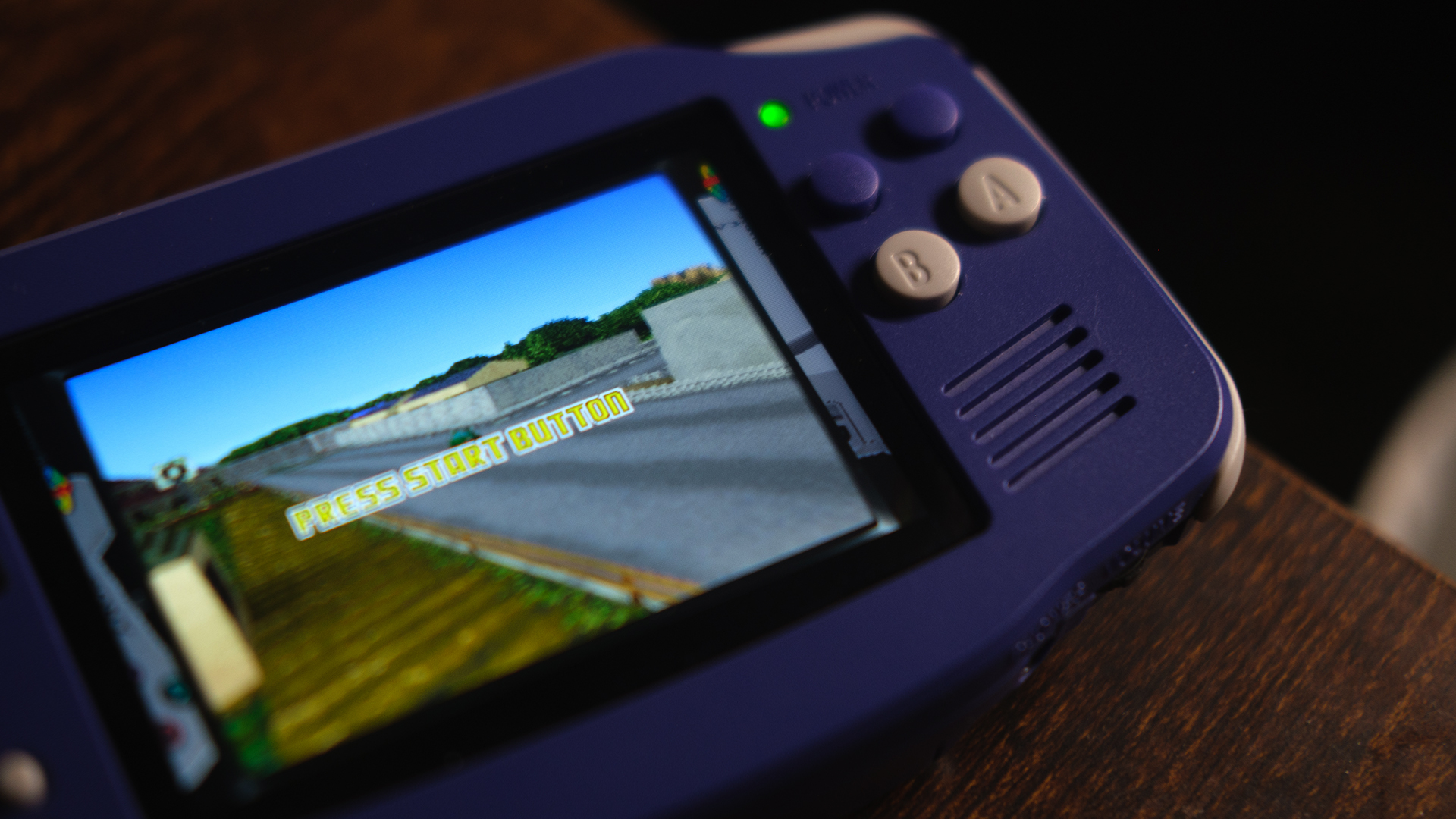
The buttons, while not as good as the competition, like the TrimUI Brick’s delightful clicky ones, are perfectly serviceable too. I do wish that the top two that you’d designate for X and Y on consoles like the Super Nintendo were actually labeled. It only takes a second for your brain to switch off and forget which order they’re mapped to, leading to just the mildest of frustration.
What I love though is the screen. This large, IPS display is fantastic across every console the system plays. Of course, it’ll never beat OLEDs found on more expensive devices, but the range of Game Boy Advance games I sifted through while testing don’t really need it.
It’s much larger than Nintendo’s original vision, but nothing looks out of place on it. That is after wrestling with RetroArch and the stock operating system that comes with the device the first time you load a game.
Ugly shaders and filters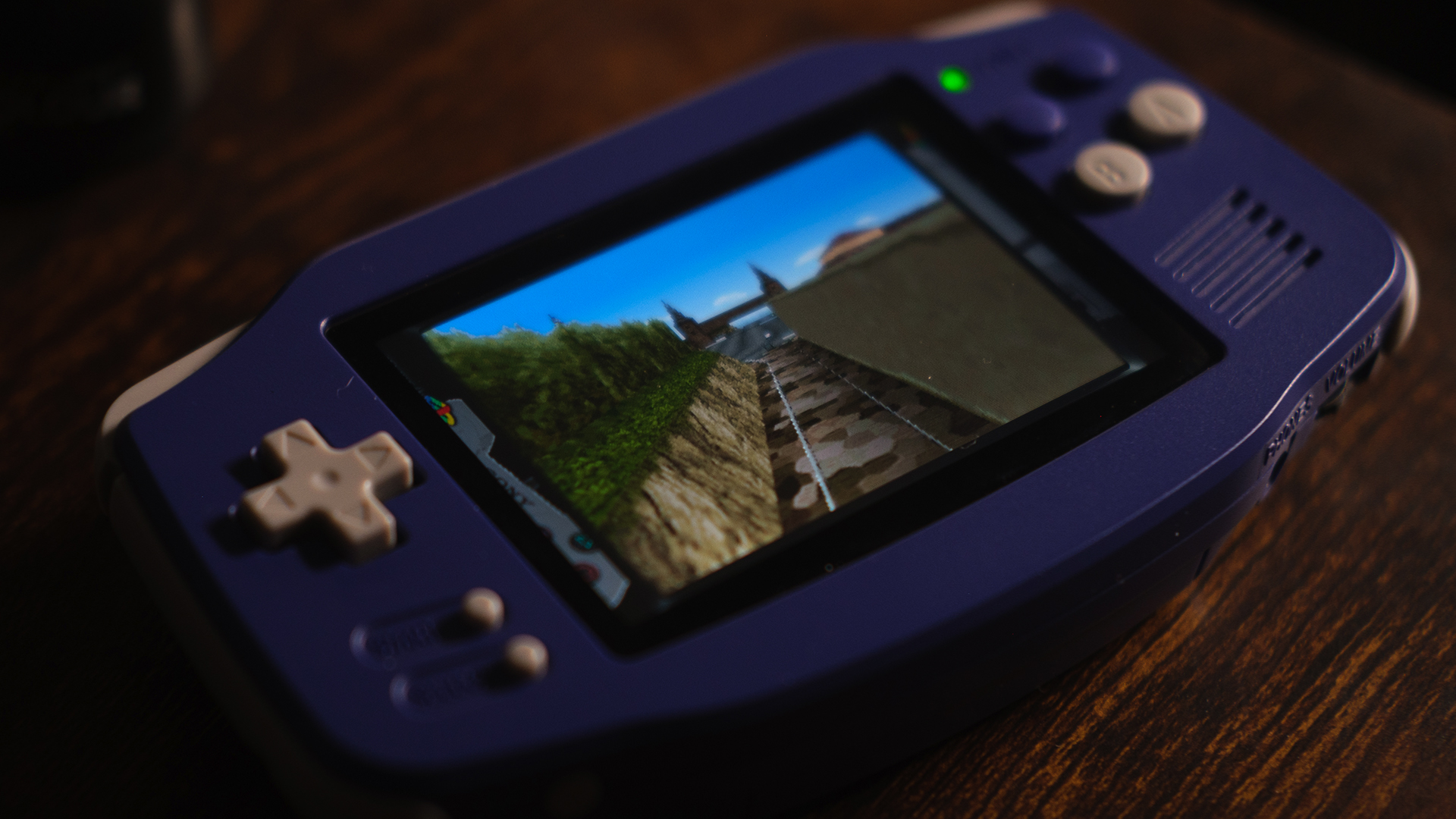
RetroArch is a piece of software that acts like a framework for “cores” (consoles) to be loaded from. Rather than having individual emulators, RetroArch curates and updates its own variations. Before the device left the factory, it’s clear that the device is loaded with numerous presets to ensure that you can jump straight into games.
The decisions on mapping the controls to the RG34XX are near perfect, but it is a choice to force shaders and overlays on. RetroArch does ship with these, and I think they’re tacky. CRT filters, replications of the GBA’s screen, and awful-looking overlays pollute the experience.
Anbernic’s stock OS is perfectly fine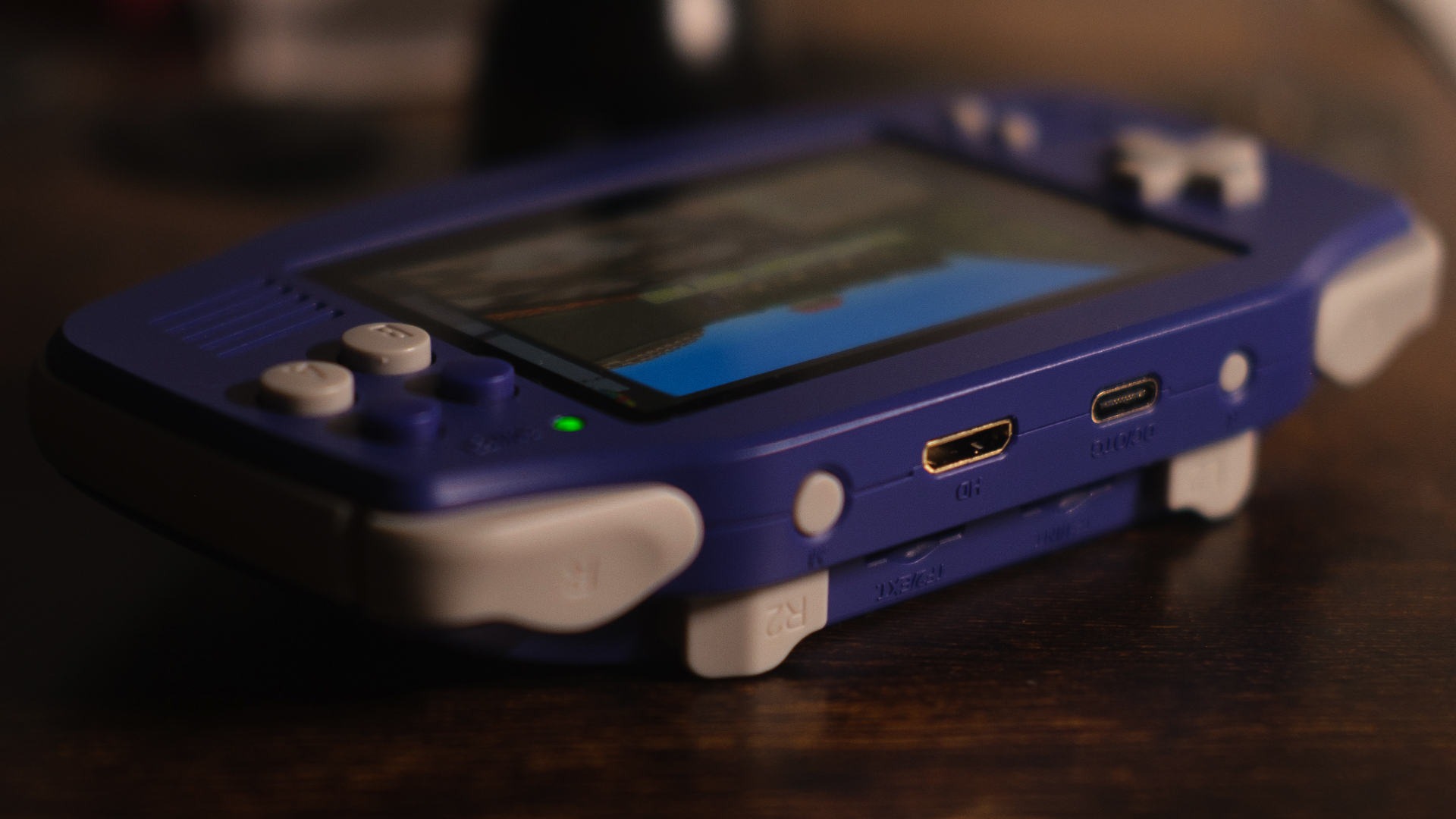
Once everything is back to the defaults and you’re getting the game as intended, it’s such a joy. You can download alternative operating systems, but for the review, I used the stock OS. As with every other Anbernic device in its category, browsing games, changing settings, and the like is perfectly fine. It isn’t as feature-rich as say something like alternative GarlicOS or as streamlined as MinUI, but for a system I’ve spent more time staring at Saturn games with, again, perfectly serviceable.
From Atari to DreamcastOn the actual gaming front, the RG34XX tops out at Dreamcast for home consoles and can manage some PSP games. The issue with PSP games is you’re not getting the proper resolution or screen size, but it isn’t as bad here as it is on squarer, 4:3 aspect ratio screens. You still get some black bars, but it isn’t overly distracting. More demanding PSP titles like God of War don’t run as well as you’d want and the lack of analog stick makes them a chore.
However, smaller titles show that Anbernic’s low-end roster of handhelds is just inches away from getting over this hump.
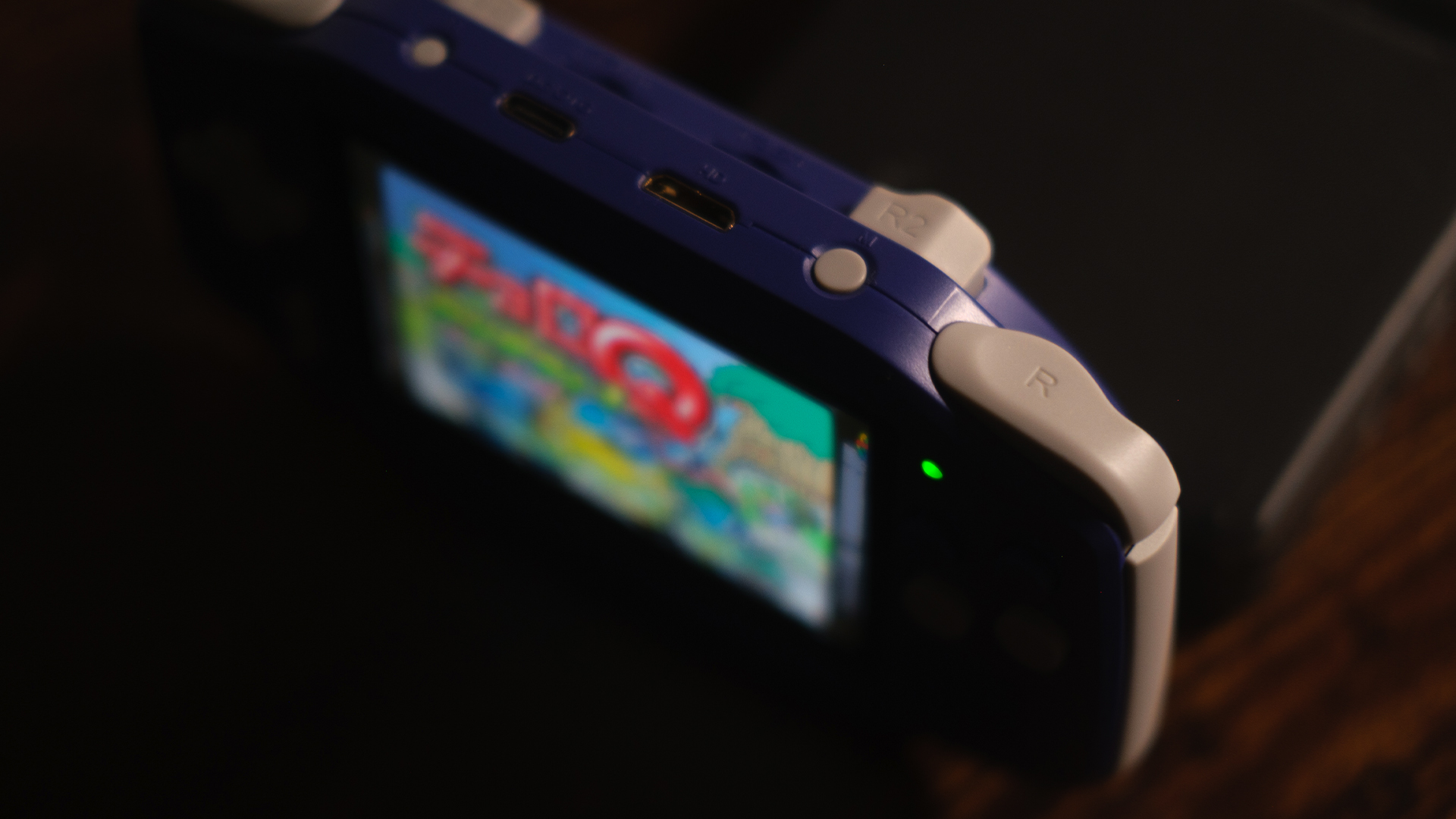
Where the RG34XX thrives in the home console space is with systems like the PlayStation 1, Saturn, and even some Dreamcast games. Big titles like Shenmue ran poorly, and again, needed that analog stick, but obscure games like Rent a Hero ran nearly perfectly with only minor graphical glitches on certain game textures.
Every PlayStation game – aside from DualShock required games – never faltered. For the Sega Saturn, however, I kept experiencing crashes. This isn’t the hardware, but the cores. RetroArch would routinely crash games like the roleplaying game Baroque and the shooter Panzer Dragoon, but converting these from the .cue files to .chd alleviated issues. When it did work, it worked wonderfully.
Of course, being a Game Boy Advance homage, the Anbernic RG34XX is a match made in heaven. It’s even better if you manage to track down some fan translations of games you might never have gotten the chance to play originally. The comfort allowed me to find my way to the end of Go, Go, Beckham in an afternoon with zero hiccups.
One of Anbernic’s best: 8/10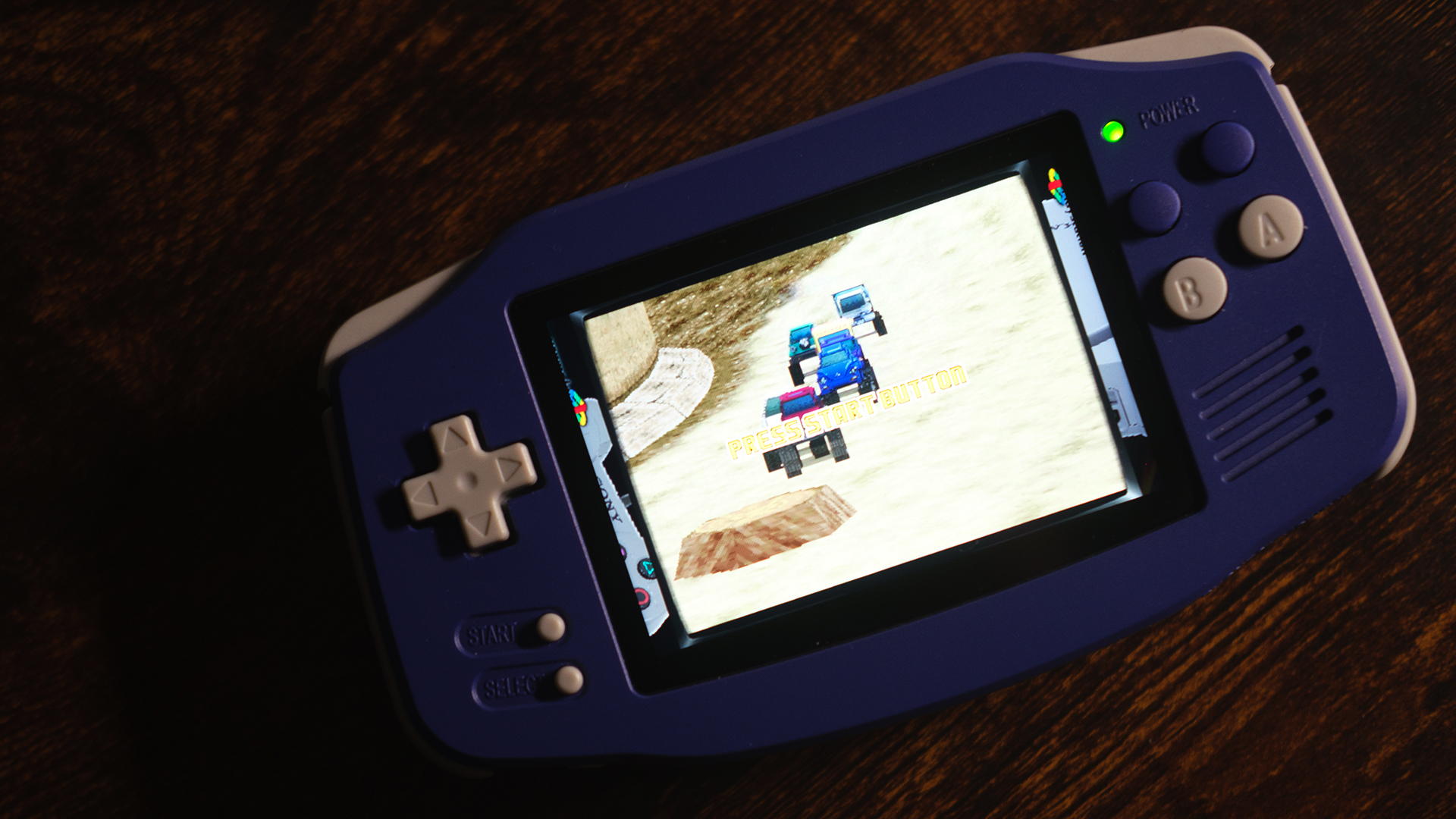
If you’re already in possession of a handheld of its caliber (Miyoo Mini, RG35XX, or TrimUI Brick), there’s not much need to grab the RG34XX. It’s a definite upgrade for comfort, but you won’t find any performance improvements or major changes between these systems. However, if you’re coming into it for the first time, you can do far, far worse.
The post Anbernic RG34XX review: Comfortable nostalgia appeared first on ReadWrite.
